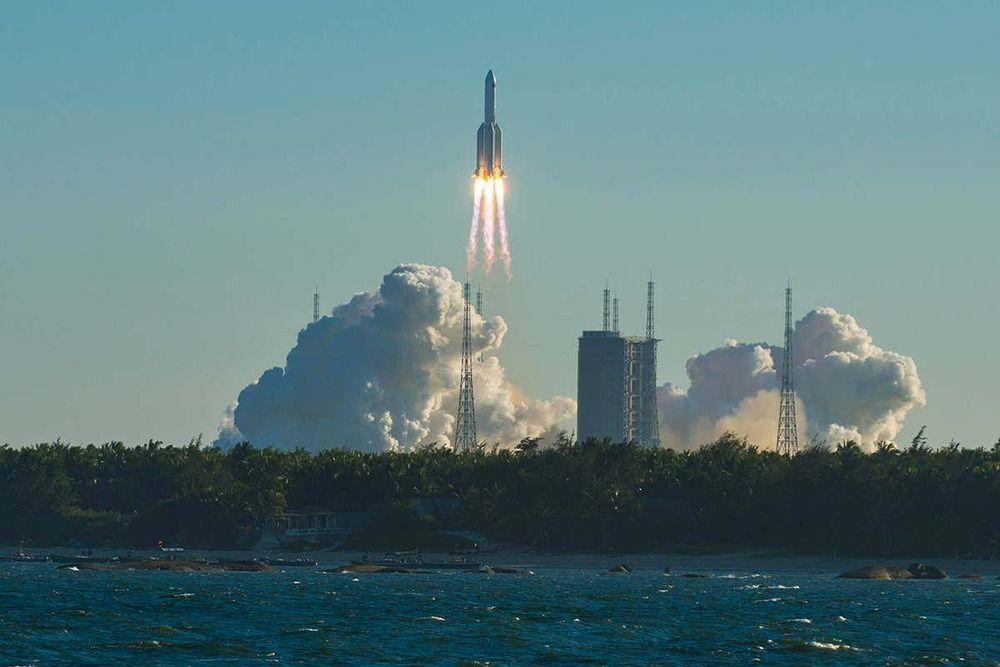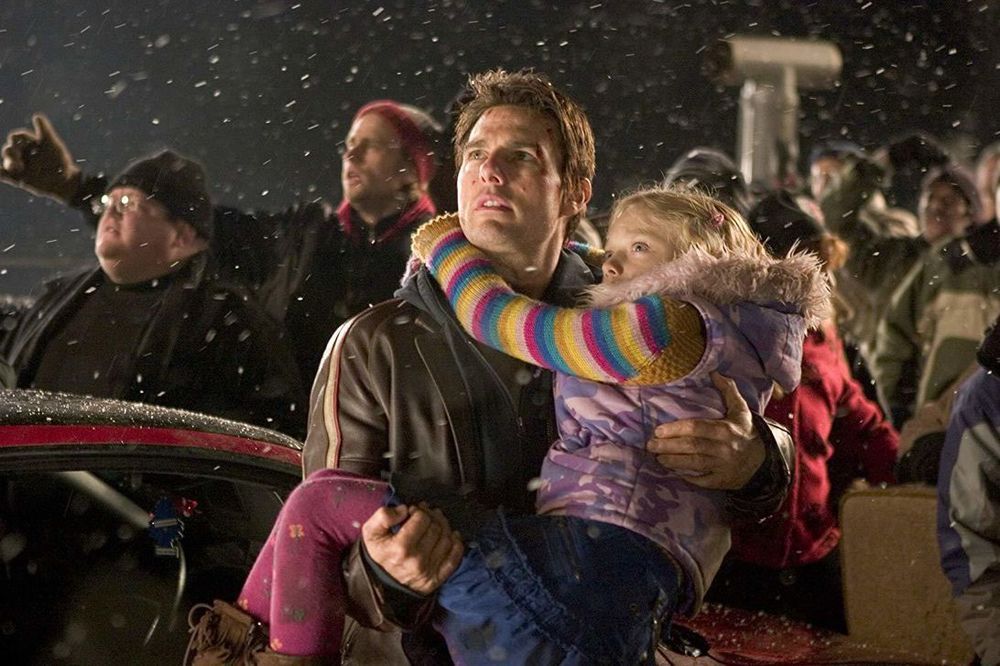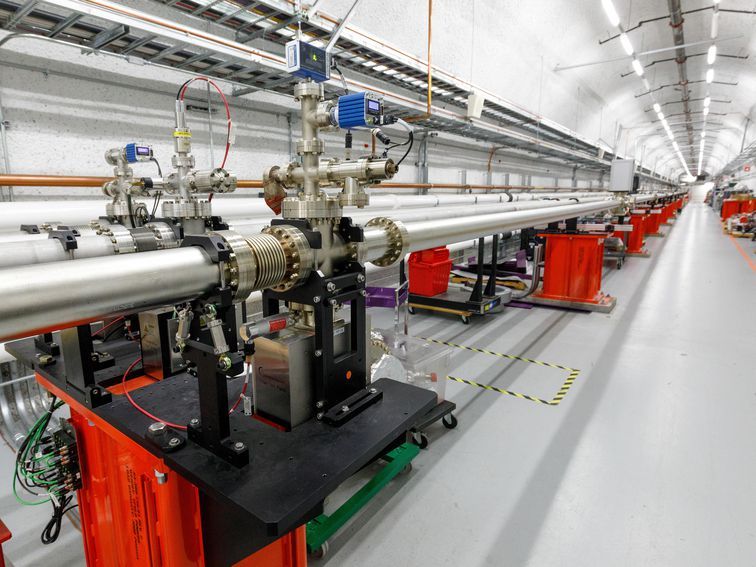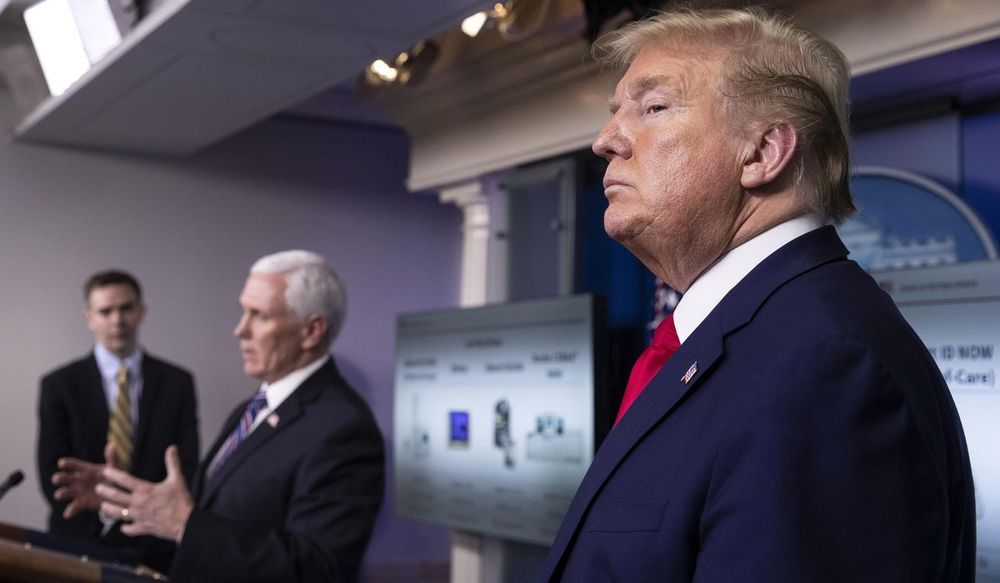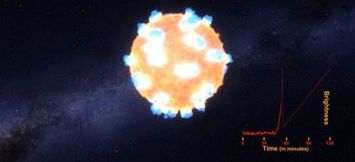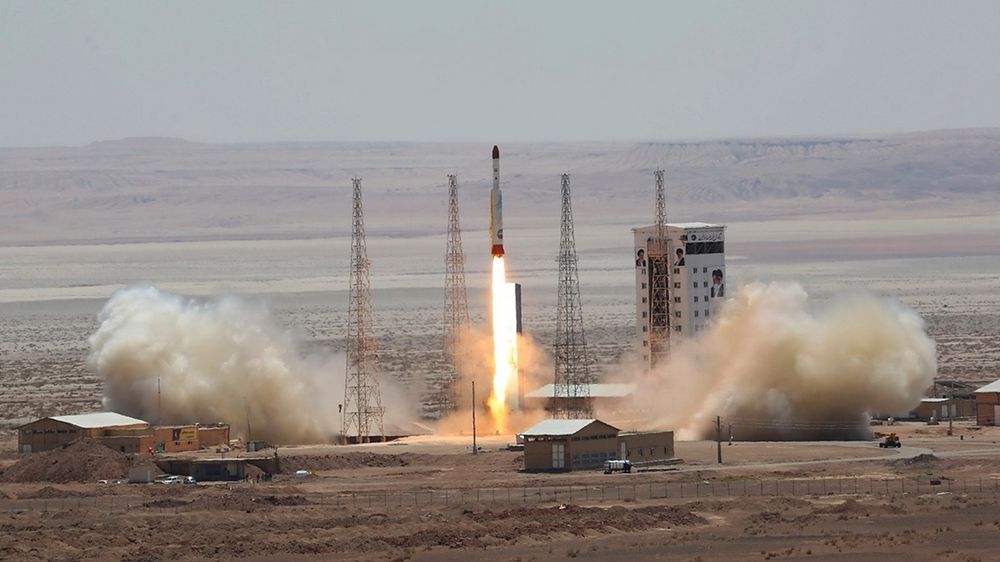China is getting ready to build a new space station. On 5 May, the Chinese Long March 5B rocket – the same rocket that is planned to lift parts of a new space station into orbit and eventually carry astronauts to space – launched for the first time from Hainan Island.
For this test flight, the rocket carried with it an unnamed crew capsule. No astronauts were aboard this trip, but according to the China Aerospace Science and Technology Corporation it will be able to carry six people at a time, twice as many as the Shenzhou spacecraft that has been used for all the country’s other crewed missions.
After it reached orbit, Long March 5B dropped off the crew spacecraft, which will undergo a few tests in space before plunging back to Earth in the next few days. This re-entry will test the spacecraft’s heat shields, parachutes and airbags. The crew capsule is designed to be reusable and to carry astronauts to the new space station, or to the moon and beyond.
